Related Research Articles
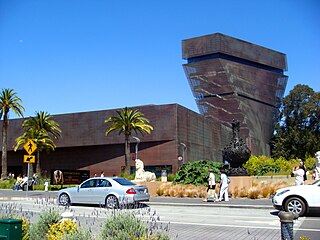
The de Young Museum, formally the M. H. de Young Memorial Museum, is a fine arts museum located in San Francisco, California. Located in Golden Gate Park, it is a component of the Fine Arts Museums of San Francisco, along with the Legion of Honor. The de Young is named for early San Francisco newspaperman M. H. de Young.

The Fine Arts Museums of San Francisco (FAMSF), comprising the de Young Museum in Golden Gate Park and the Legion of Honor in Lincoln Park, is the largest public arts institution in the city of San Francisco. The permanent collection of the Fine Arts Museums, with about 150,000 objects, is organized into nine areas, each with a curatorial staff.

Ruth Aiko Asawa was an American modernist sculptor. Her work is featured in collections at the Solomon R. Guggenheim Museum and the Whitney Museum of American Art in New York City. Fifteen of Asawa's wire sculptures are on permanent display in the tower of San Francisco's de Young Museum in Golden Gate Park, and several of her fountains are located in public places in San Francisco. She was an arts education advocate and the driving force behind the creation of the San Francisco School of the Arts, which was renamed the Ruth Asawa San Francisco School of the Arts in 2010. In 2020, the U.S. Postal Service honored her work by producing a series of ten stamps that commemorate her well-known wire sculptures.

Alexandra Bradshaw, also known as Alexandra Bradshaw Hoag, was a Canadian-American watercolor artist and art professor. She studied art in the United States and Paris and became an instructor and head of the Fine Arts department at Fresno State College in California. Her works were exhibited in group and solo exhibitions throughout California and the United States from the 1930s through the 1960s. She married late in life to Clarence Hoag, the founder of Hoag Press in Boston. Their residence in Wakefield, Massachusetts, was Castle Clare and Bradshaw kept her house in South Laguna, California.
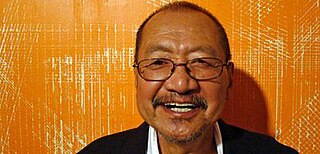
Carlos Villa was a Filipino-American visual artist, curator and faculty member in the Painting Department at the San Francisco Art Institute. His work often explored the meaning of cultural diversity and sought to expand awareness of multicultural issues in the arts.
Robert Boardman Howard (1896–1983), was a prominent American artist active in Northern California in the first half of the twentieth century. He is also known as Robert Howard, Robert B. Howard and Bob Howard. Howard was celebrated for his graphic art, watercolors, oils, and murals, as well as his Art Deco bas-reliefs and his Modernist sculptures and mobiles.
The 1948 San Francisco Dons football team was an American football team that represented the University of San Francisco as an independent during the 1948 college football season. In their first season under head coach Joe Kuharich, the Dons compiled a 2–7 record and were outscored by their opponents by a combined total of 216 to 123.
The 1948 Nevada Wolf Pack football team was an American football team that represented the University of Nevada as an independent during the 1948 college football season. In its second season under head coach Joe Sheeketski, the Wolf Pack compiled a 9–2 record, outscored opponents 480 to 133, and lost to Villanova 27–7 in the Harbor Bowl at San Diego.

Harry W. Anderson, also known as Hunk Anderson, was an American businessman, art collector and philanthropist. He was the co-founder of Saga Foods Co., a food company for college dormitories. With his wife, Mary Margaret Anderson, he donated works of art to the San Francisco Museum of Modern Art and to the Iris & B. Gerald Cantor Center for Visual Arts at Stanford University.
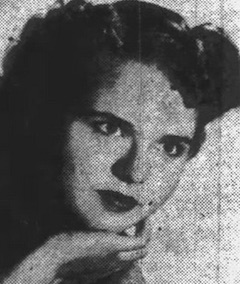
Xenia Boodberg Lee was an American concert pianist, based in the San Francisco Bay Area.
John Aloysius Stanton was an American landscape and religious painter. He was a professor and the dean of faculty of the San Francisco Art Institute.
Francis A. Todhunter (1884-1963) was an American commercial artist and landscape painter.
Grant Reynard was an American painter, etcher, lithographer and illustrator.
Carlos J. Anderson was an American painter, illustrator and graphic designer. He did American Scene paintings of Utah pioneer buildings and scenery.
Jacques Schnier (1898–1988) was a Romanian-born American artist, sculptor, author, educator, and engineer. He was a sculpture professor at the University of California, Berkeley from 1936 to 1966.

Elsa Ruegger, later Elsa Ruegger-Lichtenstein, was a Swiss cellist, billed as "the greatest woman cellist in the world."
John Marshall Gamble was an American painter who focused on California landscapes and wildflowers. He relocated to Santa Barbara after his San Francisco studio was destroyed by the 1906 earthquake. He was an influential in the Santa Barbara art scene, being a teacher and School Board President of the Santa Barbara School of the Arts.
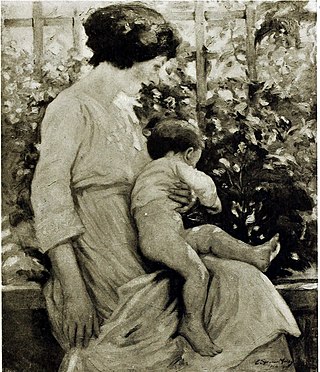
Eric Spencer Macky, also known simply as Spencer Macky (1880–1958) was a New Zealand-born American painter, intaglio printmaker, and educator. He was known for his landscape paintings and scenes of San Francisco.
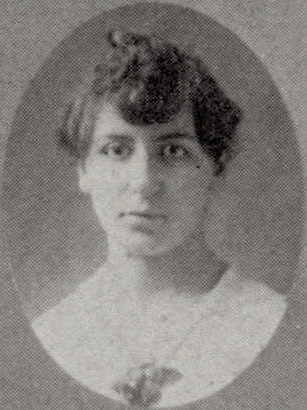
Cleo Theodora Damianakes, nom de plume Cleon or Cleonike, was an American etcher, painter, and illustrator. She was widely known for designing dust jackets for Lost Generation writers in the 1920s and early 1930s, including cover art for the first editions of Ernest Hemingway's The Sun Also Rises and A Farewell to Arms, as well as F. Scott Fitzgerald's All the Sad Young Men, which were published by Scribners. Other authors she designed covers for included novelists such as Zelda Fitzgerald, Conrad Aitken, John Galsworthy, and Arthur B. Reeve.
Vera A. Allison (1902–1993) also known as Vera Gaethke, was an American Modernist jeweler, and abstract painter. She was a co-founder of the Metal Arts Guild of San Francisco, a non-profit, arts educational organization. Allison had lived in San Francisco, Berkeley, and Mill Valley in California; and in San Cristobal, New Mexico.
References
- ↑ "S.F. Artist Dies". Santa Rosa Republican. February 24, 1948. p. 10. Retrieved October 2, 2020– via Newspapers.com.
- ↑ "Rites Tomorrow for Clark Hobart". The San Francisco Examiner. February 24, 1948. p. 23. Retrieved October 2, 2020– via Newspapers.com.
- ↑ "Clark Hobart". Fine Arts Museums of San Francisco. Retrieved October 2, 2020.